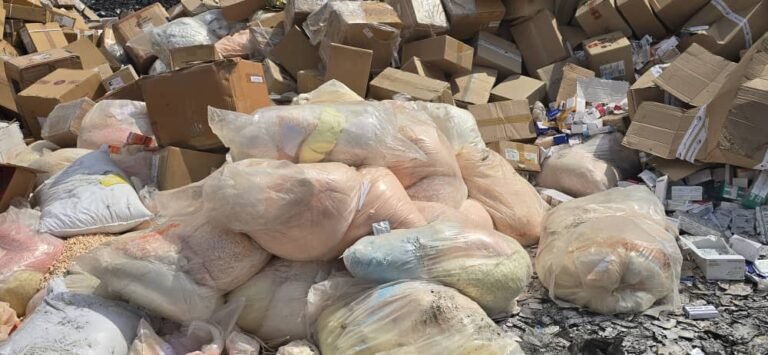
ABUJA, Nigeria – The World Health Organization has issued a stark warning that drug-resistant gonorrhoea is rising sharply worldwide, threatening to undermine the effectiveness of the last remaining antibiotics used to treat the sexually transmitted infection.
In its latest update released Wednesday through the Enhanced Gonococcal Antimicrobial Surveillance Programme (EGASP), WHO said resistance to the frontline treatments’ ceftriaxone and cefixime has increased significantly between 2022 and 2024. The findings come during World Antimicrobial Resistance Awareness Week, heightening global concern over the rapid spread of resistant infections.
WHO Director for HIV, TB, Hepatitis and STIs, Dr Tereza Kasaeva, described the trend as a growing public health hazard requiring urgent global action. “This global effort is essential to tracking, preventing and responding to drug-resistant gonorrhoea,” she said. “WHO urges all countries to strengthen STI surveillance and respond to rising resistance.”
EGASP data show ceftriaxone resistance rising from 0.8% to 5%, while cefixime resistance jumped from 1.7% to 11%. Ciprofloxacin resistance surged to 95%, with Cambodia and Viet Nam recording the highest levels. Twelve countries submitted 2024 data—up from just four in 2022—reflecting increased participation in WHO’s global surveillance network.
More than half of symptomatic male cases originate from the Western Pacific Region, led by the Philippines (28%), Viet Nam (12%), and Cambodia (9%). The African Region contributed 28% of global cases.
WHO also intensified genomic surveillance, sequencing nearly 3,000 samples to monitor the evolution of resistant strains. Research into new treatments—including zoliflodacin and gepotidacin—is advancing through WHO Collaborating Centres.
However, WHO warns that surveillance remains underfunded, with gaps in data from women and extragenital sites posing significant risks. The agency is calling for urgent investment to prevent gonorrhoea from becoming effectively untreatable.




